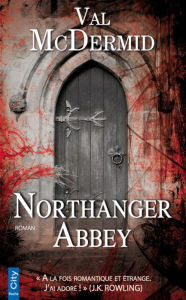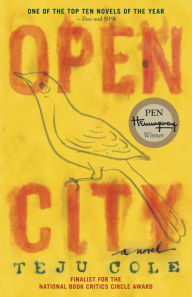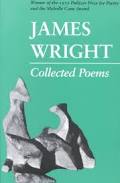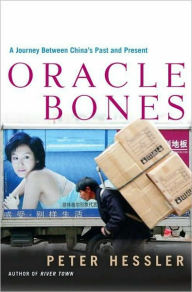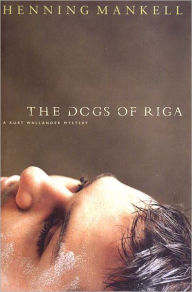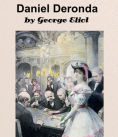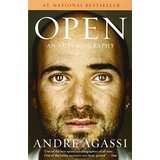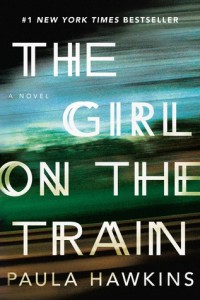How could I resist this book? I have long been a Jane Austen fan. Northanger Abbey may be my least favorite of her works, but it is still an enjoyable display of Austin’s satirical wit. I admit, though, that I’ve gotten a little tired of modern adaptations of Austen’s novels. I’m not a purist, but there are many books in my to-be-read pile, and I had been feeling that enough was enough.
What intrigued me here was Val McDermid’s name. I’m also a big fan of her crime novels: meticulously plotted, believable characters, satisfyingly dark and twisty, her mysteries set me puzzling through the clues while thoroughly immersed in the human dramas. Already pondering how Austen’s story could be updated to the modern day, I was further intrigued by the addition of this fabulously dark crime writer to the mix.
In Austen’s story, naïve Catherine Moreland goes with family friends to Bath to get her feet wet in the social season there. She is led astray by her worldly new friend Isabella Thorpe who introduces her to Gothic novels. They quickly become an addiction for Catherine. Isabella’s brother John, believing Catherine to be an heiress, makes a big play for her. At the same time, Catherine has met and become attracted to quiet clergyman Henry Tilney and his sister Eleanor. Thus, she finds herself pulled between the two families while coming to see the world through a Gothic lens.
Austen’s send-up of the then-new craze for Gothic novels is fun and witty, though a bit weak on plot and—at least for me—sufficiently complex characters. I could never quite believe the way Catherine is forgiven at the end of the book.
So I was curious to see how McDermid would translate this story into the modern day. There’s still plenty of naïveté to go around, even today with our sophisticated teens, and young women are still looking for the right man, even if not for the practical reasons common in Austin’s day. No problem there, but what about the rest?
McDermid cleverly sets her story in Edinburgh during Festival time, certainly as much of a social crush as Bath in Austen’s time. Her Cat Moreland is introduced to novels such as Twilight by her new friend Bella Thorpe, and Cat’s romantic fantasies begin to include sexy vampires along with the serious lawyer Henry Tilney. Communication is by text and Facebook rather than letters, though in the four years since this book was published, endlessly posting selfies to FaceBook seems to have waned among the young.
While these equivalencies are fun to enumerate, what’s amazing is the seamless way they are integrated into a story that closely follows the original, while standing just fine on its own. There’s plenty of satirical wit and lots of in-jokes too.
It’s a tour-de-force. Though I started out reading analytically, I quickly became absorbed in the story itself. I found the twists and turns quite satisfying, sufficiently different from Austen’s, while still appropriate for today, to delight me with their ingenuity.
Why would McDermid, a successful crime writer, take on such a project? Most of the writers I know like to challenge themselves. Perhaps they try a different genre or a different technique. They are constantly trying to improve their skills, no matter how successful they already are. Too, I believe that it is the project that terrifies you, the one you aren’t sure you’re up to but believe in your bones that you must write that becomes the most successful. The passion that you bring to it and the way you must dig deeply to rise to the challenge make it your best work.
Kudos to McDermid for a job well done!
Have you read an adaptation of a Jane Austen novel that you thought was particularly successful?
